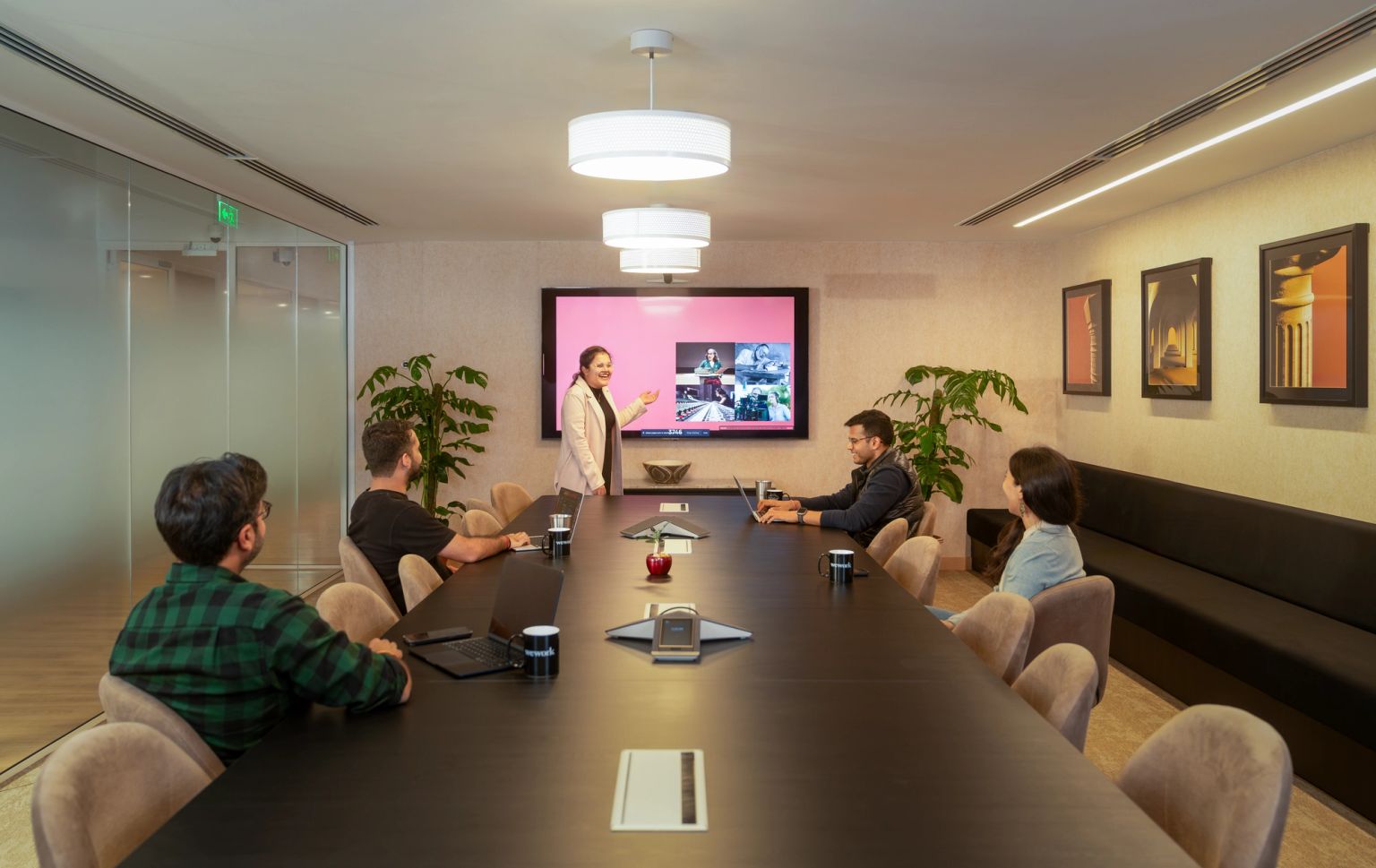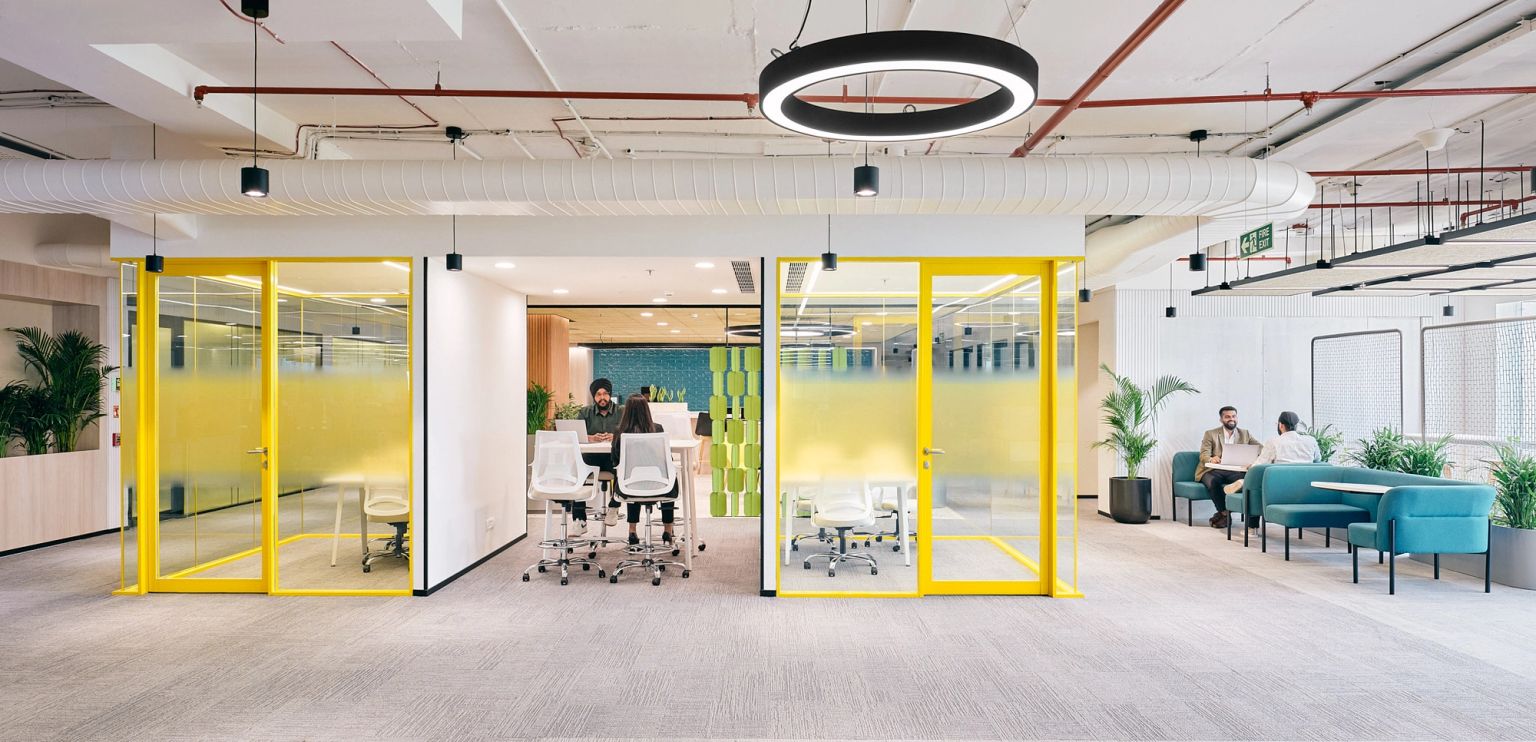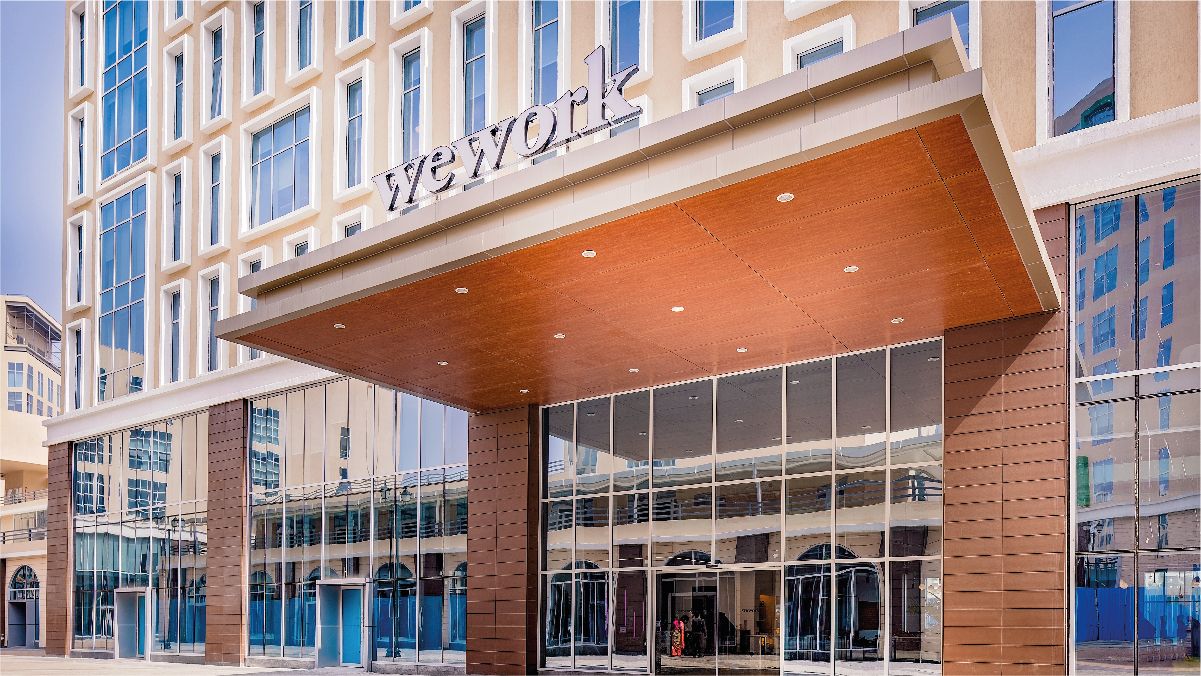RESOURCES
What is Hot Desking? All You Need to Know!

Discover hot desking—a flexible workspace trend where employees choose any open desk daily. Learn how it boosts flexibility, saves space, and fosters collaboration.
What is hot desking? All you need to know!
Every year, new trends reshape how we work, and one of the most talked-about trends in recent times is hot desking. In today’s fast-paced and ever-changing work environment, businesses are constantly looking for ways to optimise their office space and improve employee flexibility. Hot desking has emerged as a popular solution to these challenges.
But what is hot desking? Or what are hot desks? Well, instead of having a fixed desk assigned to each employee, hot desking allows workers to choose any available desk each day. Let’s find out more about hot desk seating and its benefits.
What is hot desking?
Hot desking refers to having a flexible workspace. It is a system where employees do not have a fixed desk as they can choose any open desk to work on a specific day. This idea has become quite common in coworking spaces like WeWork, where many people or companies share the same area. Hot desk seats are great as they offer flexibility and make the most of the space available.
How does hot desking work?
In a hot desk office, when employees arrive, they are free to pick an available desk and start working, which is different from traditional spaces where employees have fixed desks to work. Some offices also use apps or software to help people find an open spot. Others can just take the seat available. The main idea of hot desk seating is to promote flexibility and to make it easier to use the office space efficiently.
Also read: Hot desks vs dedicated desks- which one should you go for?
Benefits of hot desking
Here are the significant benefits of hot desks in the office:
Freedom to choose
When you have a hot desk office, you have the freedom to sit wherever you feel most comfortable. Whether you want a spot by the window, a quiet corner, or near your teammates, the choice is yours.
Save money, save space
For businesses with employees who often work remotely or travel, hot desking is a smart way to save money. With fewer fixed desks, companies can rent smaller offices, cutting down on costs.
Use space efficiently
In a traditional office, some desks sit empty when people are away. With hot desk seats, the spaces are always available for someone else to use. This way, every part of the office is put to good use.
Meet and connect
Hot desking also encourages people to sit next to different colleagues every day. This can lead to new conversations, fresh ideas, and stronger teamwork.
Hot desking at WeWork
WeWork is one of the most popular names in coworking spaces. We offer hot desks in our well-equipped offices. Whether you are a freelancer, a startup, or a big company looking for flexible workspaces, WeWork makes for a perfect choice. The hot desks and coworking spaces at WeWork also come with perks like high-speed internet, meeting rooms, and more.
Recommended Url: Benefits of co-working space
Who should opt for hot desking?
If you need flexibility and look forward to saving space, hot desking might be the perfect fit. It is ideal for companies with remote workers or those looking to reduce office space costs.
Conclusion
You must look at the modern ways to organise and plan your office spaces. Hot desking is a great way to achieve flexibility at offices as it not only saves space but also encourages collaboration. If you are curious about hot desking, consider WeWork. With our amazing hot desk coworking spaces, you can get everything you need to thrive in a flexible and dynamic office setting. Check out WeWork’s hot desk options today!
Related Blogs:

RESOURCES
In this blog, we will explore innovative ways to utilise meeting rooms effectively, ensuring they become key assets in your business strategy.

RESOURCES
In the last few years, the world has evolved a lot, and so have we. Especially since the pandemic, video conferencing has made our lives easier. However, in-person team meetings and collaborations continue to remain significant.

